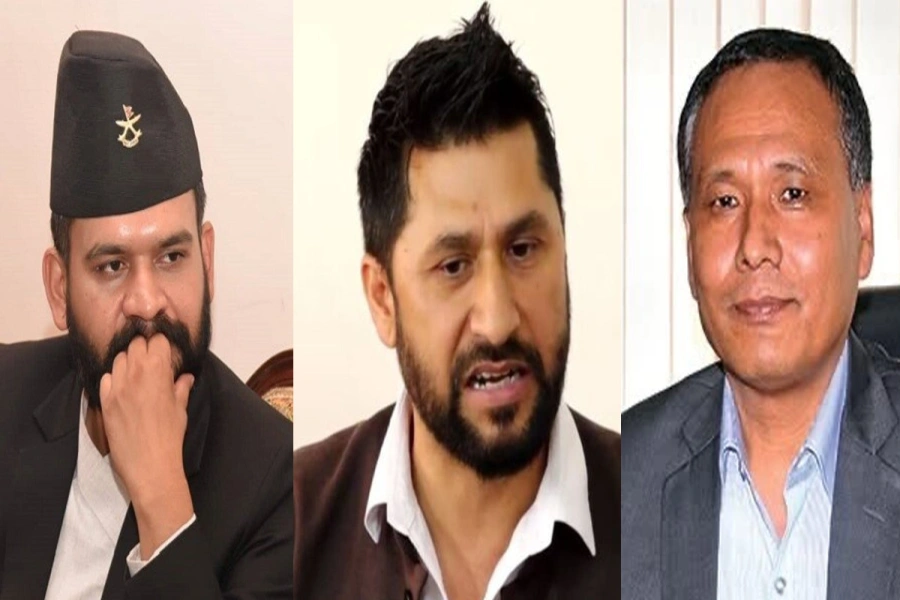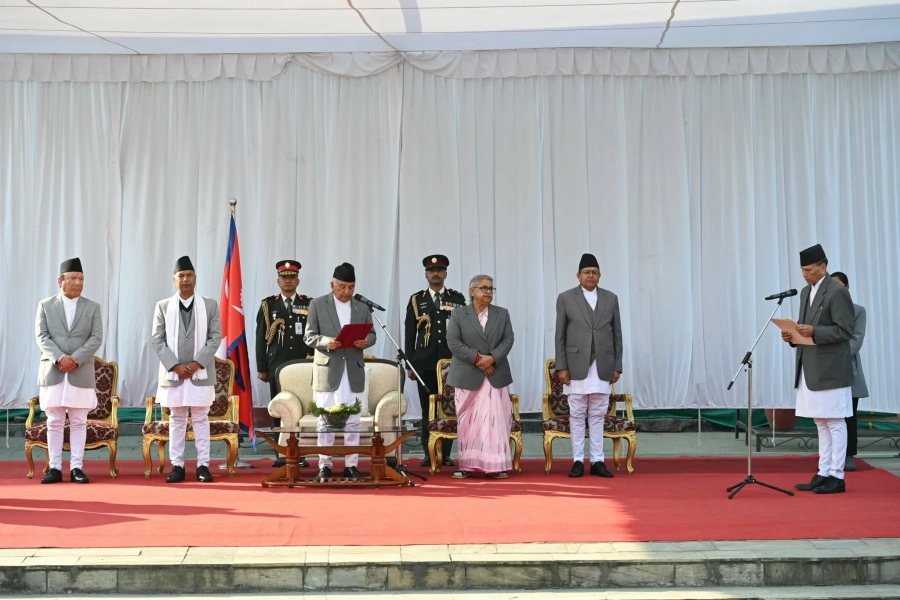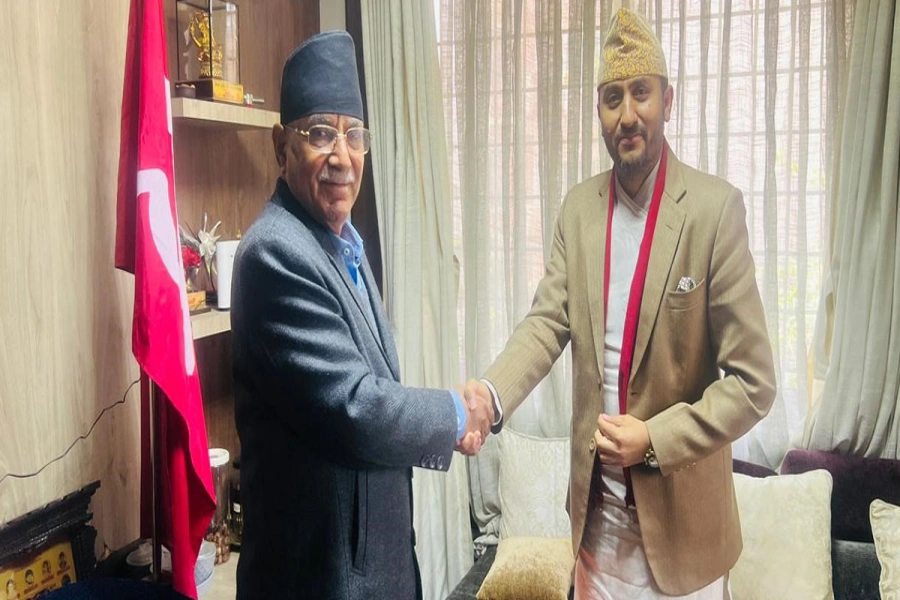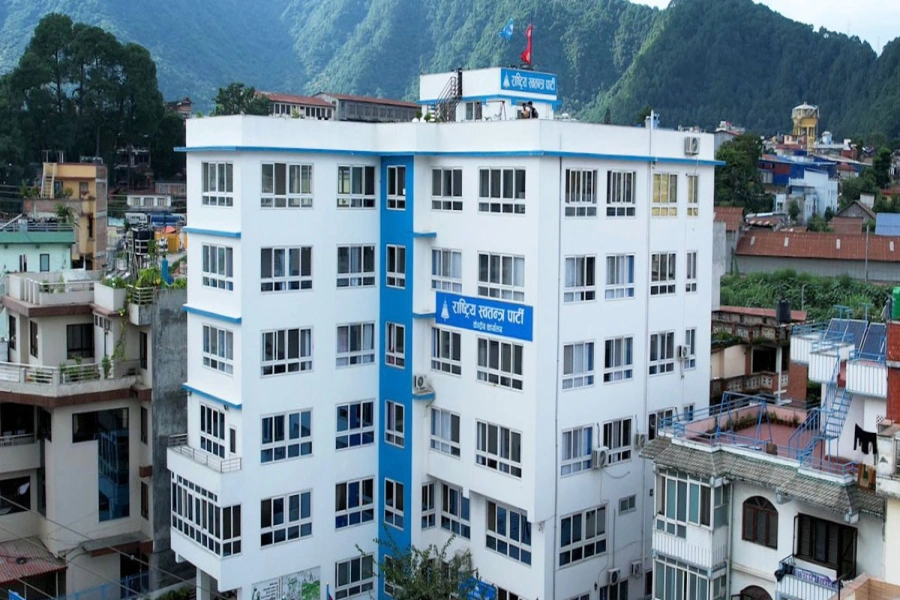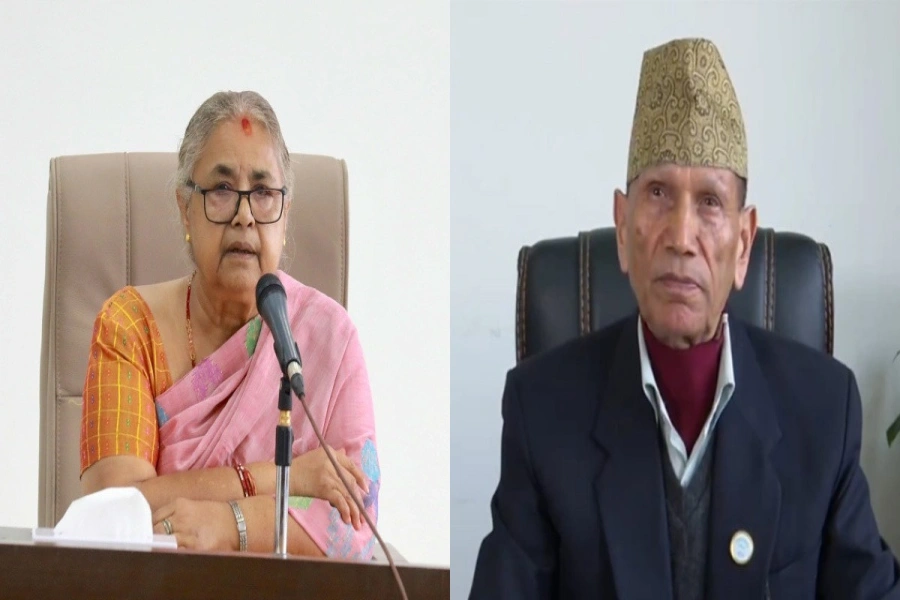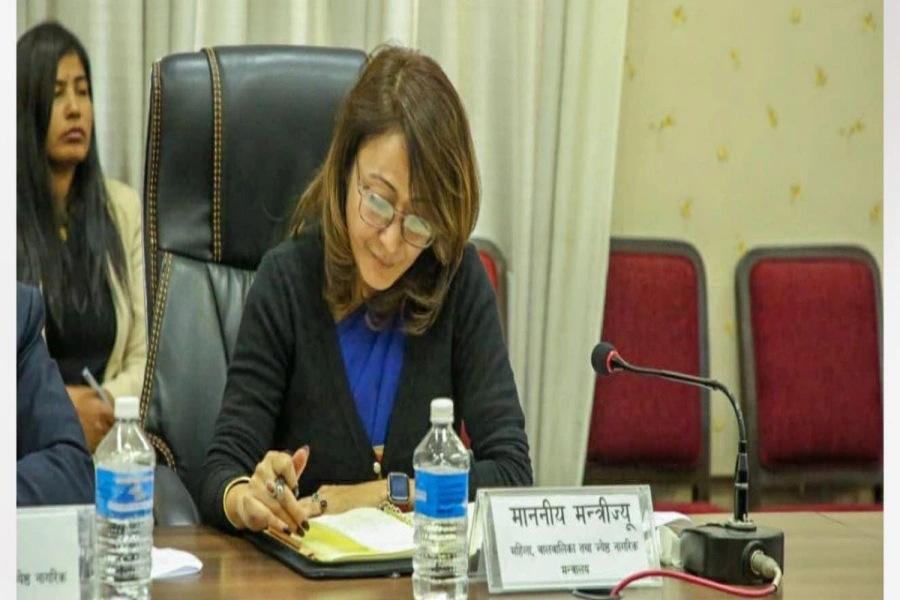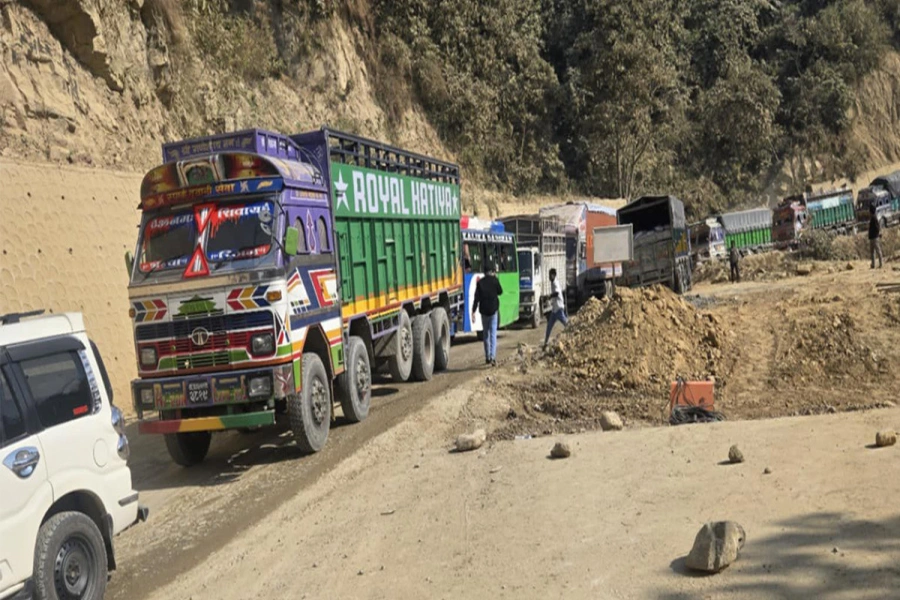“Vision without action is a dream. Action without vision is simply passing the time. Action with vision is making positive difference.” Joel Barker
Many developing countries have long-term vision and development strategies which guide them in defining development priorities, preparing short and mid-term development plans, and making strategies for resource mobilization. [break]
Nepal too should have a vision for dynamic and sustainable economic growth in order to develop its infrastructure, improve quality of life, and utilize natural and human resources for equitable development. The country needs a long-term development strategy which is owned by the country and its people. It is high time we had a vision for 2030 with a long-term development strategy that ensures sustainable development.

odonnellstrategy.com
Nepal is rich in natural resources and has a strong and committed man power, which gives it the potential to progress. In order to transform Nepal into a prosperous and developed country, we must figure out how to move forward in the face of the current political instability, dwindling resources, slow economic growth, rising unemployment, youngsters’ flight to foreign countries, degrading environment, closure of industries due to labor issues, and haphazard urbanization.
Being a neighbor of two economic giants, China and India, is both challenge as well as opportunity for Nepal. Whilst we genuinely need support from our neighbors to develop our country, we have not done the necessary homework to create conducive environment for their investments. But the good news is that our neighbors are quite supportive of stable democracy and development in Nepal.
Because of political instability, lack of vision for development, and mismanagement of its resources, Nepal faces immense challenges in transforming its social and economic spheres. The country is in transition, as the making of its new constitution is progressing quite slowly. It is, therefore, essential to prepare a vision and long-term development strategy prior to the next general election.
National Interest
Nepal’s national interest must be the main thrust of its long-term vision. As the country has transformed from constitutional monarchy to a federal republic, its national interests too should be redefined according to the changed context. As we work towards this vision, all Nepalis must agree that our national interests should be survival, sovereignty and security; protection of nature and utilization of natural resources; and preservation of archeological and national heritages.
We all want to see Nepal become a peaceful, stable, prosperous and a developed country. We want Nepal to have a dynamic and sustainable economy, and all Nepalis access a high quality of life. The government of Nepal must ensure that the country’s national interest is given the highest importance in its development policies and programs.
Targets/Indicators
By 2030, Nepal should have achieved the following targets: i) Increased GDP per capita per annum to US$ 8,000.0 (US$ 525 in 2010 and US$ 622 in 2011) ii) Generated 20,000 MW hydro-electricity iii) Achieved food security for all iv) Achieved education for all (enrollment of all children; free and compulsory education up to secondary level) v) Achieved health facilities for all (Basic health services available in all villages) vi) Drinking water supplied to all households vii) Supplied electricity to all households viii) Reduced poverty and unemployment level down to 10 percent ix) Attracted 6 million tourists per annum x) Connected all VDCs by road (South-North roads) xi) Built East-West hydro-electric railway xii) Built postal highway in Terai xiii) Built Mid-hill East-West highway xiv) Built regional airports in Lumbini, Pokhara and Biratnagar xv) Built dry ports and Transit Route between India and China xvi) Built second Ring Road and Metro in Kathmandu valley.
Focus Sectors
Many sectors of Nepal need development. However, priority should be given to the following seven sectors, which are of paramount importance to Nepali people: Agriculture, social sectors (education, health and drinking water), hydro-electricity, tourism, infrastructure, Information and Communication and,human resources.
Process
It will take at least two years to complete the process of making a new constitution, holding a general election, and forming a new government. Therefore, this is the best time to prepare a vision which is not influenced by political ideologies. The following steps should be taken for the preparation of the document:
Three tier teams should be formed. 1) A Core Team of 5-7 members, which will coordinate and manage all the activities related to Vision Nepal 2030. 2) A High-level Advisory Team comprising Senior Economists/ Planners/ Experts from major political parties and other experts which will advise and guide the Core Team. 3) Expert Team featuring the experts from seven sectors mentioned under Focus Sectors above.
Each sector team shall consist of 5 experts (say, 4 national experts and 1 NRN), who will be responsible for preparing a sector-wise long-term development strategy. The Core Team and Sector Expert Team will work closely, in consultation and coordination with the National Planning Commission (NPC) and concerned line ministries. The Teams will meet with the High-Level Advisory Team on a monthly basis for consultation and guidance. The teams will consult/interact with other stakeholders, such as civil society, business and professional associations, donors, regional administrators, NGOs, local communities, and media.
The Expert Teams shall make field visits to poor and underdeveloped villages and districts in all five Development Zones in order to interact with and discuss their development priorities, collect information about locally available resources (capital, human and natural resources) and mode of implementation of development activities.
The document shall be endorsed by the High-level Advisory Team and signed by leaders of major political parties so that it is owned by the nation.
Finally, the National Planning Commission will prepare its five-year development plans based on the priorities and programs of Vision Nepal 2030, and submit for budgeting and implementation to the Government of Nepal.
The author is Patron of NRN Association
bhim.udas@gmail.com
BIMSTEC Summit concludes issuing Bangkok Vision 2030 document

















